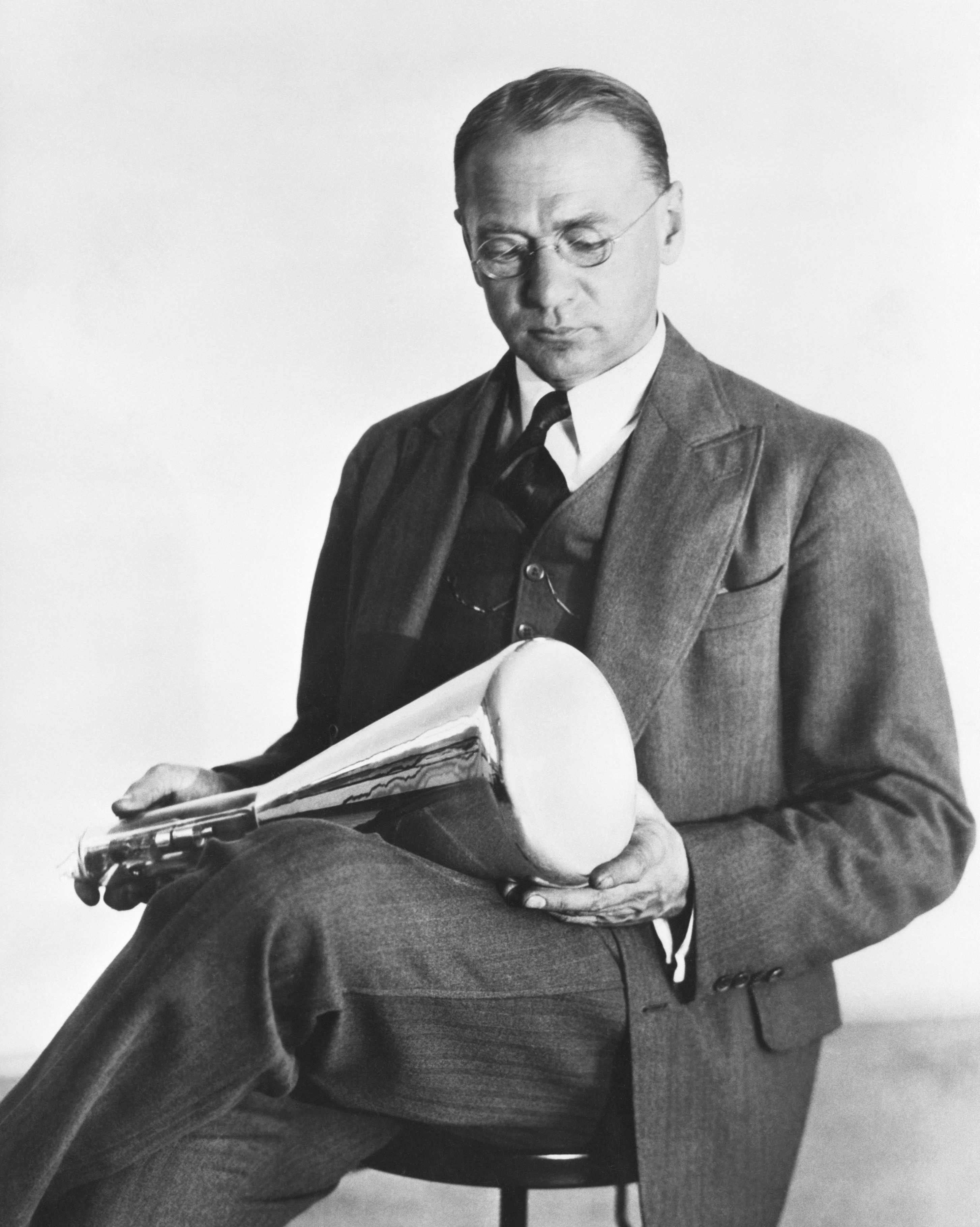Zworykin, Vladimir Kosma, << ZWAWR uh kihn, VLAD uh `meer` KOZ muh >> (1889-1982), was a Russian-born American physicist and electronics engineer. He was responsible for many advances in radio, television, and the electron microscope.
Zworykin came to the United States in 1919. In 1920, the Westinghouse Electric Company hired him as a research engineer for the radio tube department. Zworykin invented the iconoscope and the kinescope in 1923. The iconoscope was the first successful television camera tube, and the kinescope was an early version of the television picture tube. While working at Westinghouse, Zworykin also studied physics at the University of Pittsburgh. He received a Ph.D. degree from the university in 1926.

In 1929, Zworykin joined the Radio Corporation of America (RCA) as director of electronics research. That same year, he demonstrated the first practical, all-electronic television. While at RCA, he also helped develop the electron microscope. He became vice president of RCA in 1947. The U.S. government gave Zworykin the National Medal of Science, the nation’s highest science award, in 1966.
Zworykin was born on July 30, 1889, in Murom, Russia, and graduated from the Petrograd Institute of Technology in 1912 with a degree in electrical engineering. He then studied in Paris, where he did research on X rays with the physicist Paul Langevin. Zworykin returned to Russia when World War I began in 1914. He died on July 29, 1982.
